It’s waterproof, dustproof, ultra-durable, and ready to amplify your life. TASKA makes it easier for you to do more. For more information, check out the product page on our site: https://hubs.ly/H0bf1t80
Category: cyborgs – Page 98
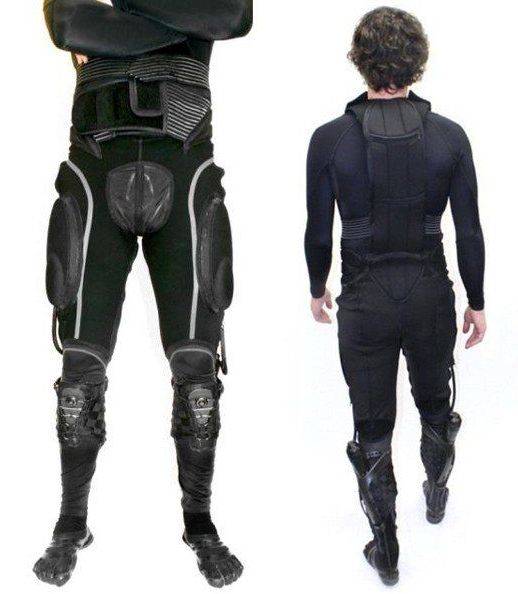
These ‘cyborg legs’ help people with spinal injuries walk again
‘Cyborg legs’ you can control with your MIND could help people learn to walk again after spinal injuries…
There could soon be real-life cyborgs walking among us.
A Japanese robotics firm recently received approval from the FDA to bring its futuristic HAL Robot Suit to the U.S.
Cyberdyne has been developing the Hybrid Assistive Limb (HAL) for nearly a decade, but only now has the firm been able to bring the technology stateside.
World’s First Bionic Knee Brace
This bionic knee brace will give you superhuman strength…and it’s available to everyone!
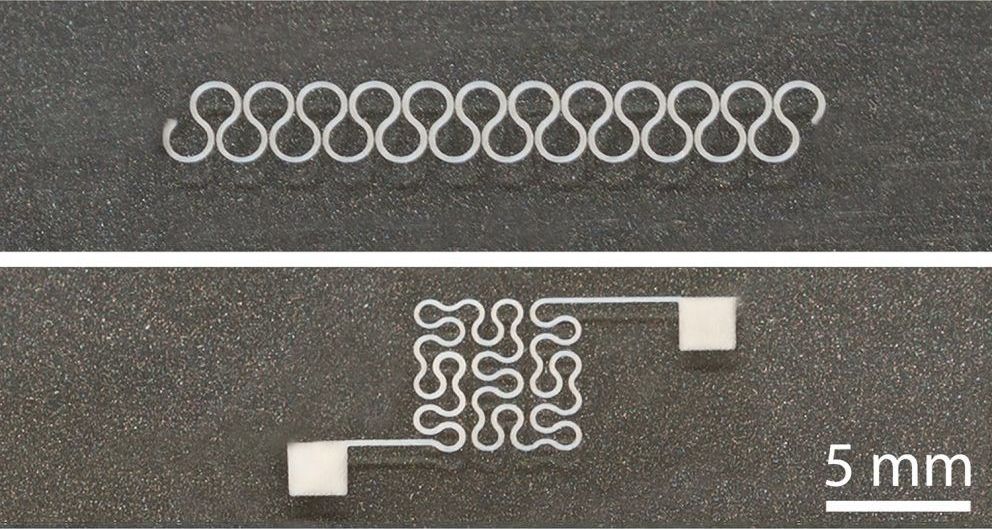
New technique allows printing of flexible, stretchable silver nanowire circuits
Researchers at North Carolina State University have developed a new technique that allows them to print circuits on flexible, stretchable substrates using silver nanowires. The advance makes it possible to integrate the material into a wide array of electronic devices.
Silver nanowires have drawn significant interest in recent years for use in many applications, ranging from prosthetic devices to wearable health sensors, due to their flexibility, stretchability and conductive properties. While proof-of-concept experiments have been promising, there have been significant challenges to printing highly integrated circuits using silver nanowires.
Silver nanoparticles can be used to print circuits, but the nanoparticles produce circuits that are more brittle and less conductive than silver nanowires. But conventional techniques for printing circuits don’t work well with silver nanowires; the nanowires often clog the printing nozzles.

Researchers combine metalens with an artificial muscle
Inspired by the human eye, researchers at the Harvard John A. Paulson School of Engineering and Applied Sciences (SEAS) have developed an adaptive metalens, that is essentially a flat, electronically controlled artificial eye. The adaptive metalens simultaneously controls for three of the major contributors to blurry images: focus, astigmatism, and image shift.
The research is published in Science Advances.
“This research combines breakthroughs in artificial muscle technology with metalens technology to create a tunable metalens that can change its focus in real time, just like the human eye,” said Alan She, a graduate student at SEAS and first author of the paper. “We go one step further to build the capability of dynamically correcting for aberrations such as astigmatism and image shift, which the human eye cannot naturally do.”
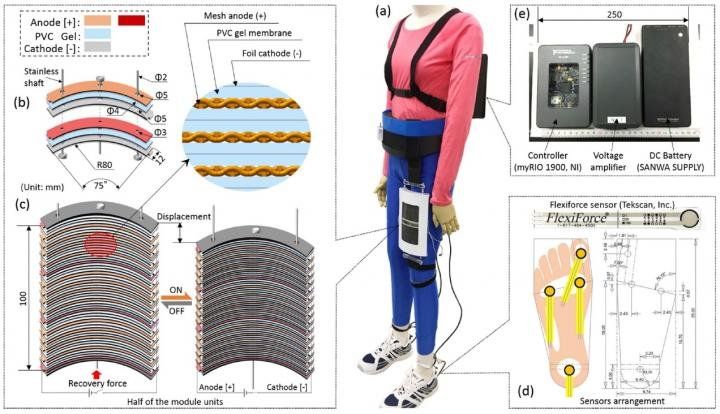
Artificial muscles power up with new gel-based robotics
A collaborative research team has designed a wearable robot to support a person’s hip joint while walking. The team, led by Minoru Hashimoto, a professor of textile science and technology at Shinshu University in Japan, published the details of their prototype in Smart Materials and Structures, a journal published by the Institute of Physics.
“With a rapidly aging society, an increasing number of elderly people require care after suffering from stroke, and other-age related disabilities. Various technologies, devices, and robots are emerging to aid caretakers,” wrote Hashimoto, noting that several technologies meant to assist a person with walking are often cumbersome to the user. “[In our] current study, [we] sought to develop a lightweight, soft, wearable assist wear for supporting activities of daily life for older people with weakened muscles and those with mobility issues.”
The wearable system consists of plasticized polyvinyl chloride (PVC) gel, mesh electrodes, and applied voltage. The mesh electrodes sandwich the gel, and when voltage is applied, the gel flexes and contracts, like a muscle. It’s a wearable actuator, the mechanism that causes movement.
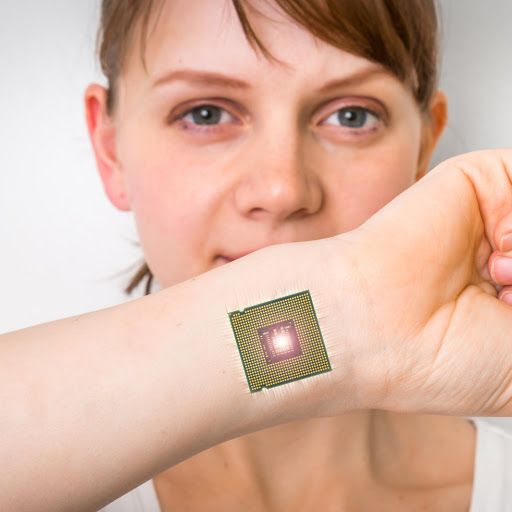
Authorities deactivate transit pass implanted in biohacker’s hand
Meow-Ludo Disco Gamma Meow-Meow couldn’t just toss away his New South Wales transit pass even after he found out that it got deactivated while he was on a trip to the USee, Meow-Meow (yes, that is his legal name) cut the chip out of the travel card, encased it in biocompatible plastic and had it implanted under the skin on his left hand. The biohacker now plans to file a lawsuit against New South Wales’ transport authorities, not just to fight the decision, but also to help create laws around body-hacking tech. In addition to the transit pass chip, Meow-Meow has two other implanted elect…

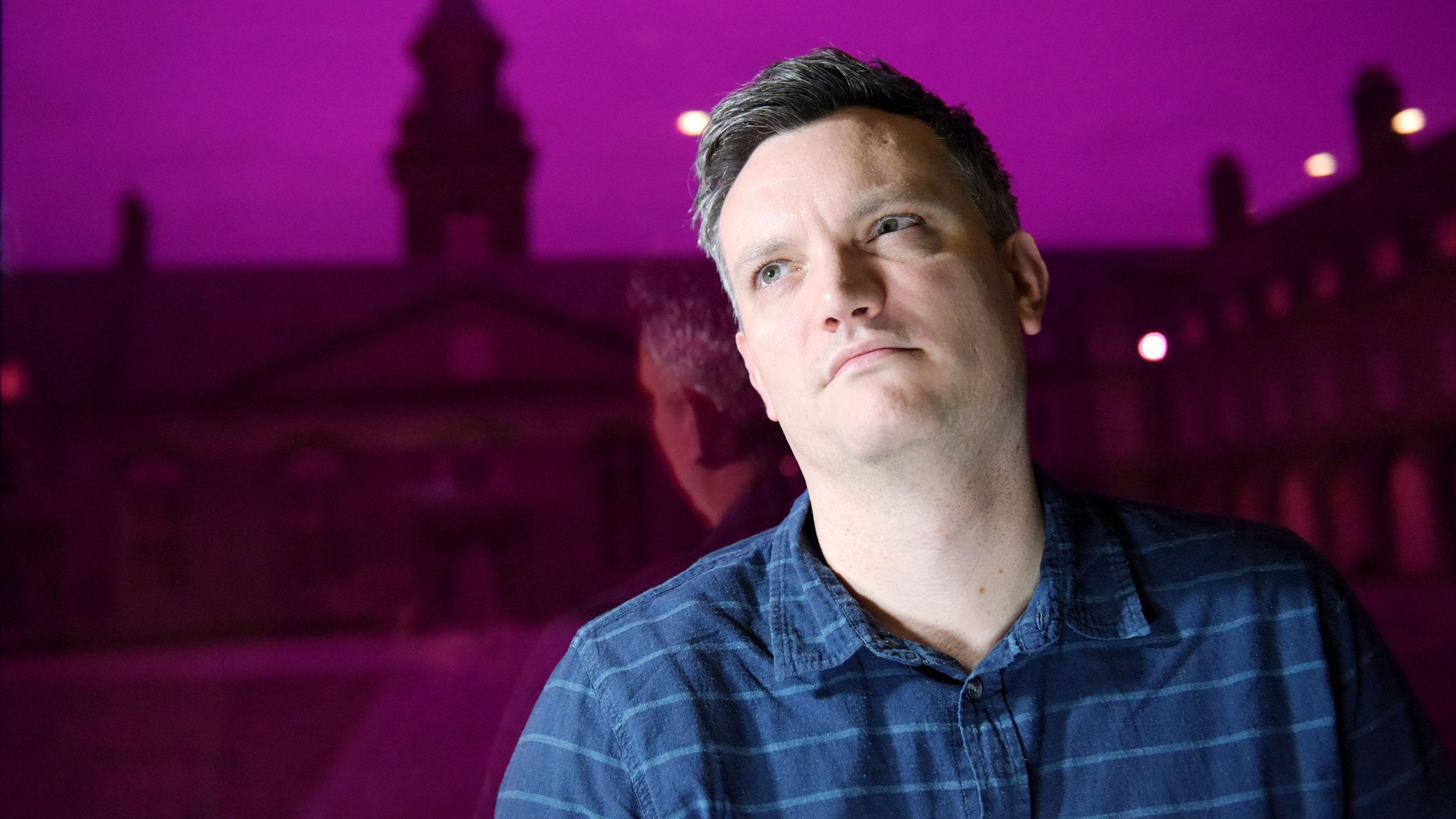
It’s transhuman life, but not as we know it
#Transhumanism in the Sunday Times of London. 750,000 copies out today. My pres campaign in it briefly, as well as other transhumanists.
The new Netflix series Altered Carbon is set in a dystopian future where the super-rich can avail of technology that allows them to upload their consciousness to a new body every time they die, in effect giving them immortality.
It’s science fiction, of the kind previously explored in the novels of Philip K Dick and William Gibson, movies such as RoboCop and The Terminator, manga comics like Ghost in the Shell and even the Man-Machine album by German electronic music pioneers Kraftwerk — but only until it comes to pass.
Dublin writer Mark O’Connell spent three years travelling the globe, meeting people who believe that they can actually achieve this by digitising their brains and transcending human flesh to become de facto cyborgs, impervious to…